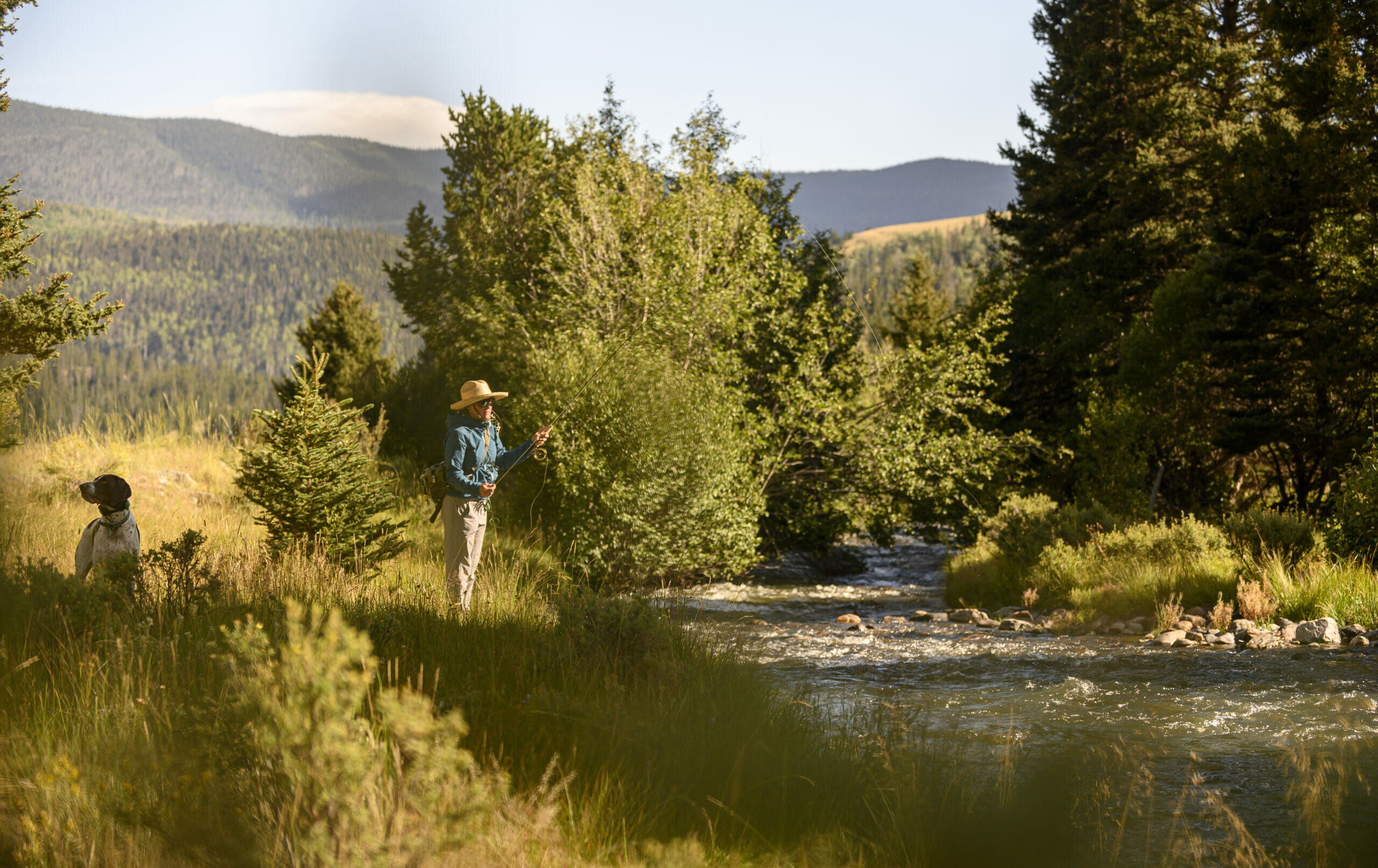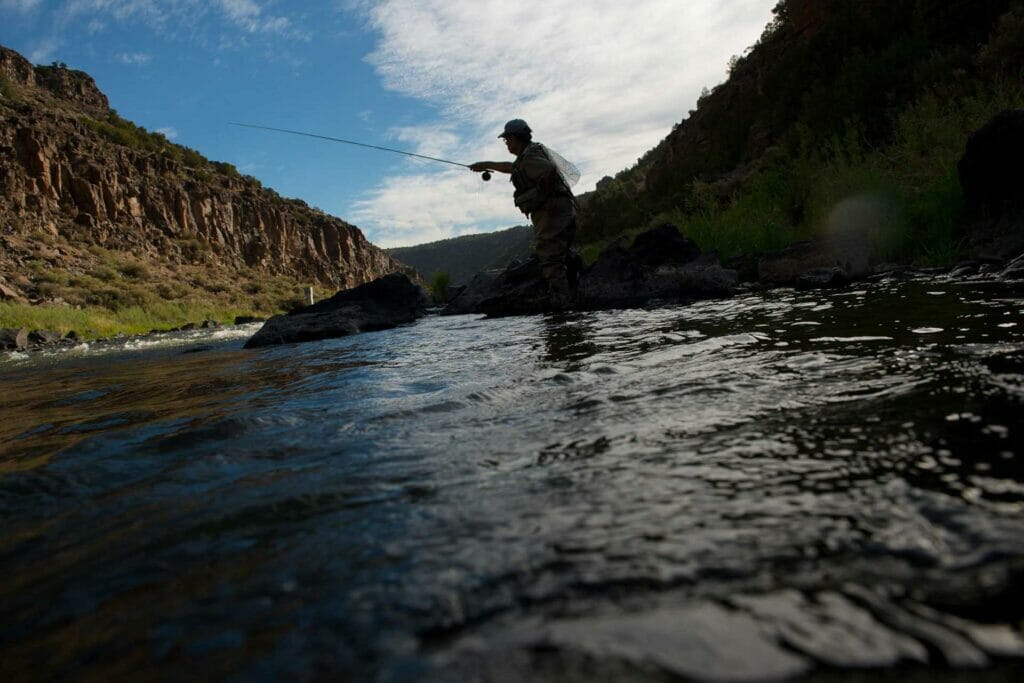by Dan Roper
During the havoc and heartbreak of the pandemic, many of our fellow Americans turned to the outdoors.
According to the Outdoor Industry Association, 28 percent more Americans went camping in 2020 than during the previous year, and 8.1 million more of us went on a hike. Fishing numbers soared too, with at least one state reporting a 40 percent increase in license sales in the first half of 2020 compared to the previous year. In New Mexico, the pandemic resulted in about 3,000 more fishing licenses sold, though fishing days were already on the rise.
These numbers may not surprise you, but they are significant — millions of Americans who don’t recreate outdoors started doing so last year. It’s expected that a lot of them will keep at it.
The business of recreation
Economically speaking, outdoor recreation is a big deal in New Mexico and throughout the country, and the numbers back this up. According to New Mexico’s Outdoor Recreation Division (ORD), created in 2019, recreation employs more than 35,000 workers, accounting for $1.2 billion in total annual income. Since 2018, outdoor recreation income in New Mexico has grown almost twice as fast when compared to the economy as a whole, and recreation jobs don’t boom and bust like the volatile oil and gas industry New Mexico relies on to pay the bills.
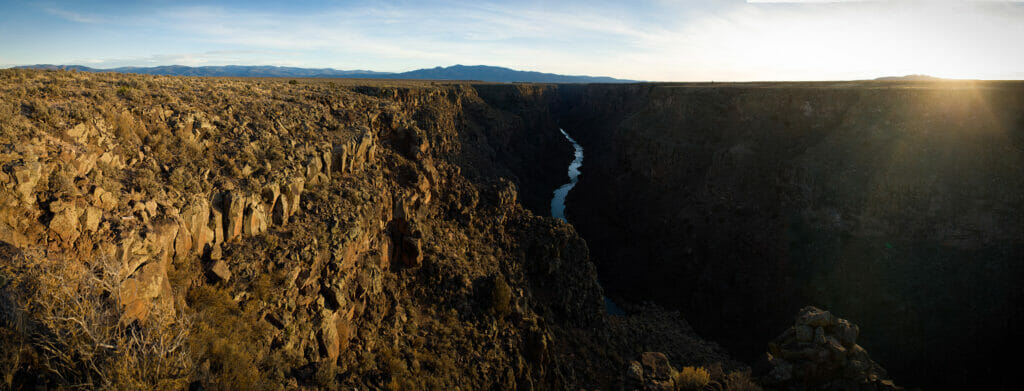
As those turning to the outdoors for the first time channel their passion toward advocacy for wild places, we may witness the emergence of a broader and more diverse conservation movement, something we desperately need if we’re to tackle the environmental challenges of our time.
Concern about more people on the water
Still, many anglers are skeptical that more people on the water is a purely good thing. Trout streams are a finite resource already stressed by drought and climate change. And more people on the water doesn’t translate to better fishing or catching more fish.
One of the great things about fishing New Mexico is the lack of crowds on most of our water, even on a weekend. According to Nick Streit, owner of Taos Fly Shop, “many of our trout still die of old age before seeing a fisherman’s hook,” and this holds true on popular waters like the Rio Grande.
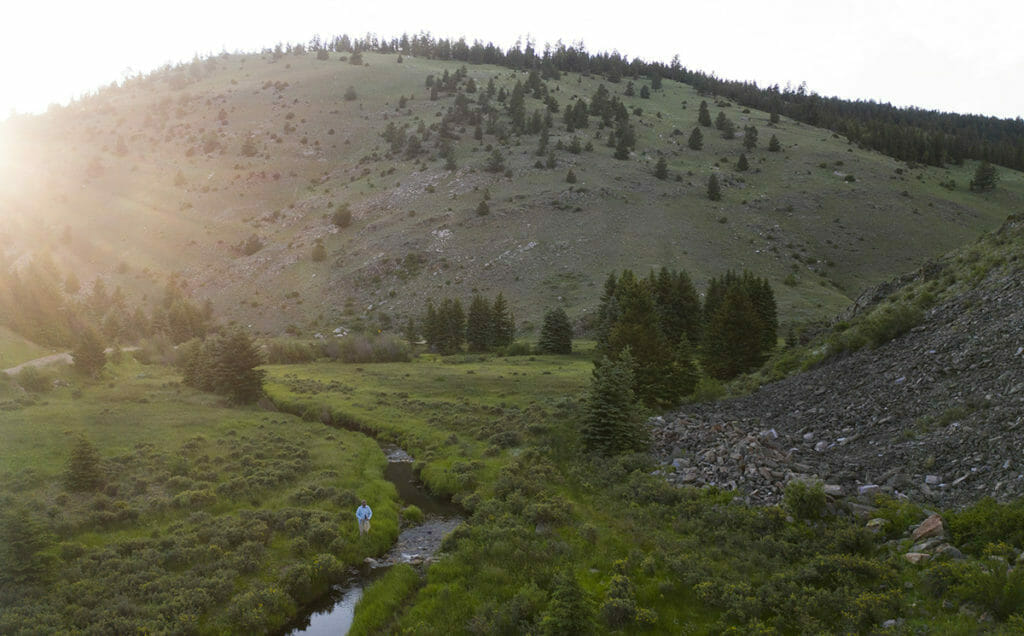
Just drawing attention to this fact gives me pause, as if talking about New Mexico fishing is akin to giving away the location of a favorite fishing hole. If done wrong, more outdoor recreation can lead to over-crowding, disturbing wildlife, trash, illegal campfires and dispersed human waste, none of which add up to a better day on the water.
In addition to the recent spike in outdoor visits, we’re also witnessing the rise of the outdoor recreation industry as a force in politics and economics, and it’s one of the few industries that tout the benefits of conservation. But can this industry really deliver when it comes to benefiting our public lands, trout streams and wildlife, as its advocates claim? In New Mexico, things look promising.
Outdoor Recreation Division delivers for anglers
One example of how outdoor recreation might lead to tangible conservation outcomes is Trout Unlimited’s ongoing partnership with New Mexico’s Outdoor Recreation Division (ORD). Housed within the state’s Economic Development Department, ORD is hard at work growing recreational economies, supporting entrepreneurs and getting low-income youth outdoors. ORD Director Axie Navas stresses that conservation is also a main pillar of the department’s mission.
When TU and our partners were exploring ways to protect water quality in a handful of northern New Mexico’s rivers and streams, Axie and the ORD seized on the opportunity. Soon they will submit a petition to designate nearly 125 river and stream miles as Outstanding National Resource Waters, the state’s highest form of water-quality protection, based on their recreational, ecological and cultural significance to the state. Nearly all of those stream miles host native and wild trout.
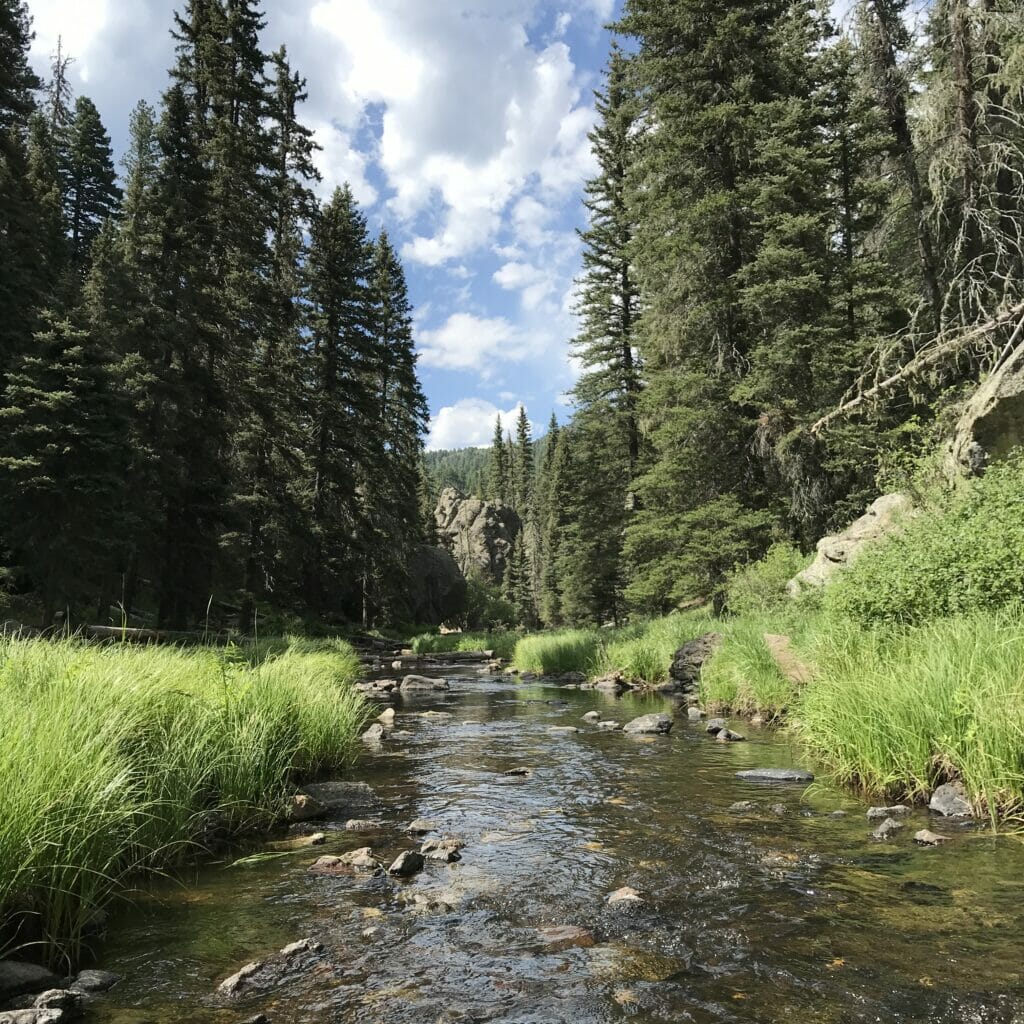
The waters selected for ORD’s petition, and enthusiastically endorsed by Trout Unlimited, include over 50 miles of the mainstem Rio Grande, the Rio Hondo near Taos Ski Valley, and both the Rio San Antonio and East Fork of the Jemez, originating in the Valles Caldera National Preserve and flowing downstream over 50 total river miles to their confluence within an hour’s drive of Albuquerque. These stream segments are among the most popular fishing destinations in the state — a pretty big deal for anglers. While this campaign is unlikely to receive the kind of attention that a new wilderness or monument might bring, it will make a meaningful difference for trout and fishing in the Land of Enchantment for generations of New Mexicans.
According to Director Navas, “Clean water is fundamental to a thriving outdoor economy. Unpolluted waters support anglers, hunters and rafters as well as the outdoor recreation businesses that rely on our natural infrastructure. Our goal is to ensure future generations can enjoy these waters in perpetuity.”
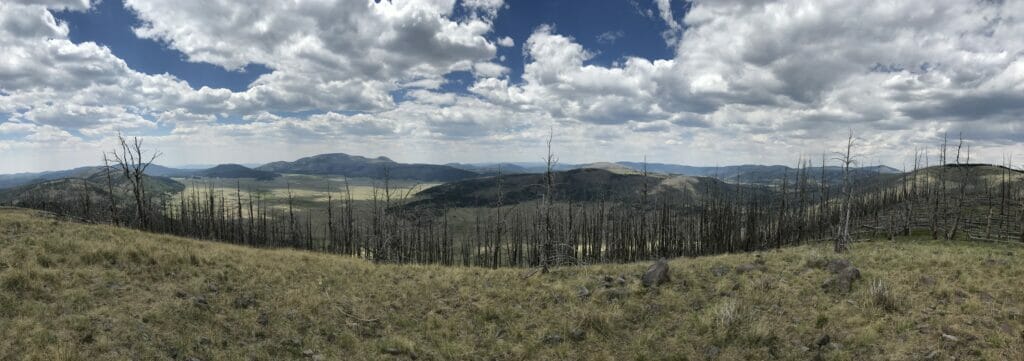
Connecting clean water to a thriving outdoor economy is a promising sign that outdoor recreation can, in fact, deliver when it comes to protecting our environment.
Benefits beyond fishing
It’s important to note that it’s not just anglers and outdoor recreation business that benefit from these kinds of protections. Across the three watersheds in ORD’s outstanding waters petition, there are numerous rare, range-restricted, and special status species, including ten species listed as threatened or endangered by the state of New Mexico. The biodiversity and climate benefits of protecting and restoring trout waters fit nicely with the global campaign for nature and the Biden Administration’s America the Beautiful Initiative, a 10-year campaign to conserve and restore 30 percent of our lands and waters. The TU community already knows that when we protect trout habitat, the benefits extend to the broader ecological community.
Another bright spot for those still worried about the sheer number of people getting outdoors, the Biden administration recently proposed funding dozens of conservation and recreation projects as part of the Great American Outdoors Act passed by Congress last year. In addition to authorizing $900 million per year for the Land and Water Conservation Fund, the legislation also committed $1.9 billion annually for improvements for national parks and other public lands. One recently approved LWCF-funded project will acquire a historic 2,000-acre ranch in trout country, just downstream from two tributary streams included in the state’s outstanding waters petition
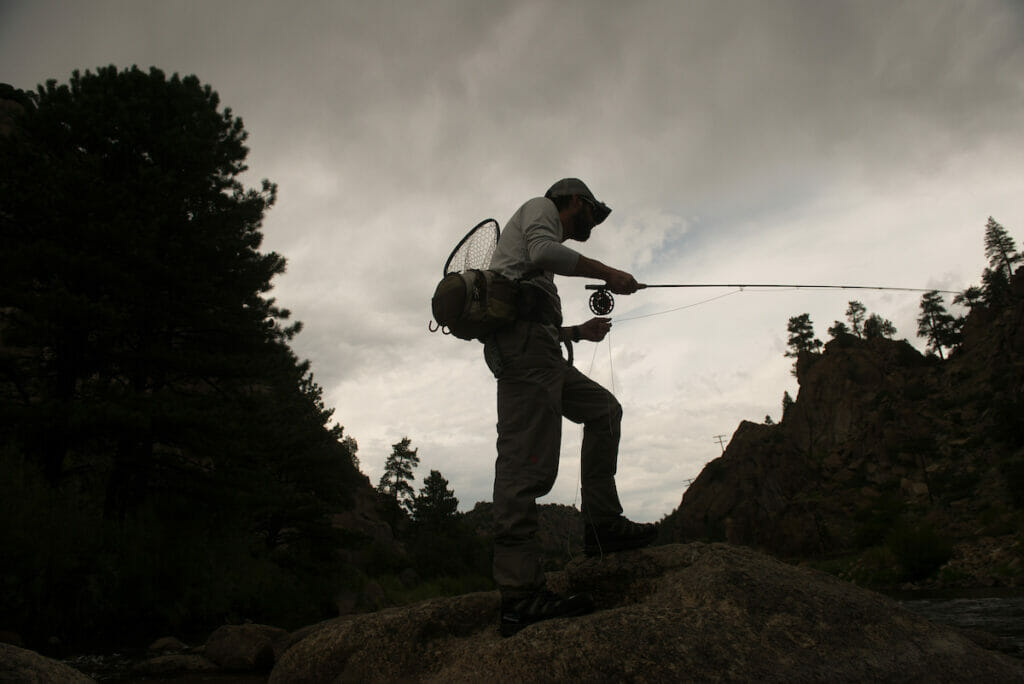
As the outdoor recreation industry asserts itself on the national stage and more Americans flock to the outdoors, it’s reassuring to witness recreation advocates becoming conservation champions. This year may be another record year for outdoor visits and fishing numbers in New Mexico, but thanks to the work of the Outdoor Recreation Division, it may also be the year when nearly 125 miles of trout streams are protected. Paired with new investments in our public lands, and more funding to restore habitat, the rise of recreation might just be a good thing for trout and anglers.
Dan Roper is the New Mexico coordinator for TU’s Angler Conservation Program.



